I'm using Facebook prophet for the anomaly detection task.
Optimization of the general hyper-parameters of a prophet will get us to make the predictions better(yhat), but anomalies in the prophet are decided/captured based on if the value(Y) lies outside the interval width.
Questions:
- For anomaly detection, interval_width parameter is extremely important, and I doubt how it's gonna help me predict the contextual anomalies or anomalies based on seasonality, trends and shifts?
- To optimize the parameter MCMC samples, should I use a maximum of posterior estimation or a full Bayesian interference with a specified number of Markov chain Monte Carlo samples to train and predict?
I'm also attaching a fragment of the graph plotted for detecting anomalies using prophet.
Any help and guidance in this direction will be extremely-extremely helpful, looking forward to a constructive and helpful discussion. Thanks.
